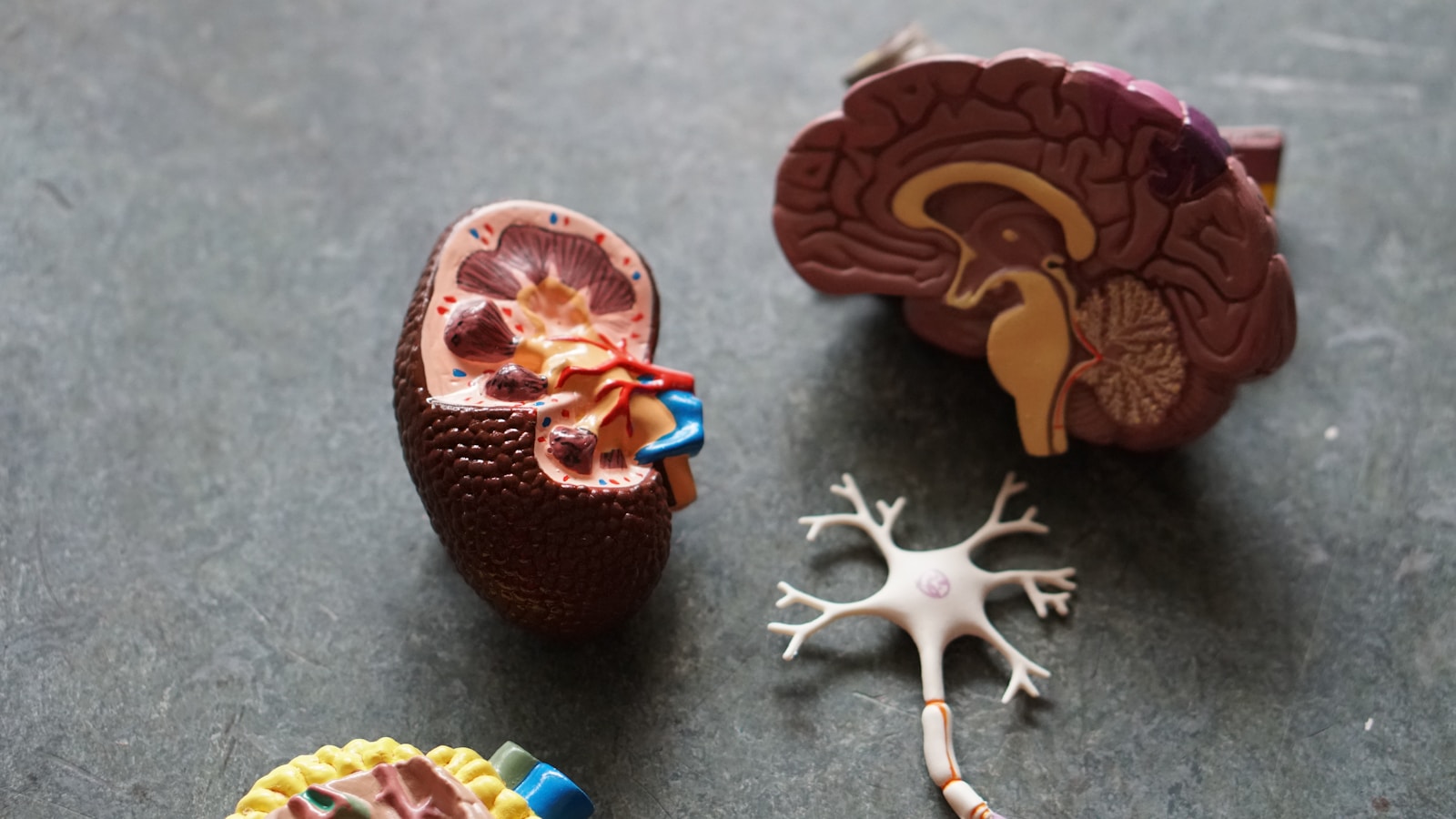The idea of deleting memories from our minds is a concept that has fascinated scientists, philosophers, and artists for generations. From stories like Eternal Sunshine of the Spotless Mind to the science fiction realms of selective memory erasure, the idea of purposefully removing memories has become both a cultural curiosity and a serious area of scientific research. Many people wonder if it’s possible to selectively remove painful or unwanted memories without compromising our overall cognitive function. But is it truly possible to “delete” memories from our minds, or is memory erasure still a far-fetched idea?
This article delves into the neuroscience of memory, examining how memories are formed, stored, and potentially modified or forgotten. We’ll also explore current scientific advancements in memory manipulation, including promising research on memory suppression and reconsolidation. While it may not yet be possible to completely delete specific memories at will, science is advancing our understanding of memory in ways that bring us closer to this possibility.
How Memories Are Formed and Stored
To understand the concept of memory deletion, it’s essential to first examine how memories are created and stored in the brain. Memory formation is a complex process that involves different brain regions, particularly the hippocampus and the amygdala, which work together to encode, store, and retrieve information.
When we experience an event, sensory information is initially processed by the brain’s sensory cortex. The hippocampus, located in the temporal lobe, is responsible for consolidating short-term memories and converting them into long-term memories, a process known as memory consolidation. This consolidation process is crucial for stabilizing memories and embedding them more permanently in the brain’s neural networks. As memories are consolidated, they are encoded in different parts of the brain, depending on their type—emotional memories, for example, are often linked to the amygdala.
Once consolidated, memories are stored across various areas of the brain through synaptic connections, which are connections between neurons. When we recall a memory, these neural pathways are activated, effectively reassembling the experience based on the stored information. Interestingly, the brain does not store memories like a video recorder; instead, each memory is reconstructed and reshaped every time it is accessed, which has significant implications for memory modification and potential erasure.
The Role of Memory Reconsolidation in Memory Modification
One of the most promising discoveries in recent neuroscience is the concept of memory reconsolidation. Memory reconsolidation refers to the process that occurs when a memory is recalled and then “re-stored” in the brain. During reconsolidation, memories can be modified, strengthened, or even weakened, which suggests that memories are malleable rather than fixed.
When a memory is retrieved, it briefly becomes unstable and subject to modification before it reconsolidates. This phenomenon provides an opportunity to change the emotional or sensory associations connected to the memory. For instance, a traumatic memory recalled in a controlled setting, such as during therapy, may be altered to reduce its emotional intensity or impact. Scientists have even found that certain drugs can interrupt the reconsolidation process, potentially weakening or altering the memory’s strength.
One key study published in Nature by neuroscientist Karim Nader showed that the administration of a protein synthesis inhibitor called anisomycin could prevent memory reconsolidation in rats. In the study, researchers conditioned rats to associate a sound with a mild electric shock. When anisomycin was administered immediately after the memory was recalled, the rats no longer responded to the sound with fear, indicating that the memory had been weakened. This groundbreaking research provided initial proof that it might be possible to disrupt reconsolidation and, therefore, diminish or “erase” specific memories, at least in animal models.
Techniques and Therapies for Memory Suppression
While memory deletion is not yet a possibility in humans, researchers have explored various techniques to suppress or weaken traumatic memories. These approaches, which aim to reduce the emotional distress associated with certain memories, are often used in therapeutic settings for individuals with post-traumatic stress disorder (PTSD) or anxiety. Here are some techniques currently used to help individuals reduce the impact of unwanted memories:
1. Exposure Therapy
Exposure therapy is a psychological treatment used to help individuals confront and reduce the distress associated with traumatic memories. In this therapy, patients are gradually exposed to reminders or cues associated with the traumatic event in a controlled environment. By repeatedly exposing the patient to these triggers without experiencing harm, the brain learns to dissociate the memory from the intense fear response, effectively diminishing its emotional impact. Although exposure therapy does not delete memories, it can reduce the intensity and frequency of intrusive thoughts, making the memory less disruptive in daily life.
2. Eye Movement Desensitization and Reprocessing (EMDR)
EMDR is a therapeutic approach that combines guided eye movements with memory recall to reduce the emotional impact of traumatic memories. During an EMDR session, a therapist guides the patient through recalling a distressing memory while directing their eye movements. This process is believed to disrupt the emotional encoding of the memory, helping the brain process the trauma more effectively. While EMDR does not delete memories, it can make them less vivid and distressing, thereby “softening” the emotional weight attached to them.
3. Pharmacological Interventions
Research into pharmacological interventions has shown that certain drugs may help reduce the emotional impact of traumatic memories. Propranolol, a beta-blocker commonly used to treat high blood pressure, has been found to reduce the emotional strength of memories when administered immediately after a traumatic event. By blocking norepinephrine, a neurotransmitter involved in emotional arousal, propranolol appears to weaken the consolidation of traumatic memories, potentially reducing their long-term impact. While not a method of erasing memories, this approach offers a way to blunt their emotional intensity, making them less distressing.
These therapeutic techniques provide valuable tools for managing the effects of traumatic memories without completely erasing them. Although they don’t delete memories, they demonstrate that memories can be modified to reduce their impact on mental well-being.
Advances in Neuroscience: Toward Memory Erasure?
Beyond therapeutic techniques, recent advances in neuroscience suggest that selective memory deletion may be within reach, though still in its infancy. Researchers are exploring methods to directly intervene in the brain’s neural pathways, potentially enabling the removal or modification of specific memories. Here are some of the most promising avenues of research:
1. Optogenetics
Optogenetics is a technique that allows scientists to control specific neurons in the brain using light-sensitive proteins. This technique involves introducing these proteins into neurons so that they respond to light, allowing researchers to selectively activate or deactivate neural pathways. By targeting the neurons associated with a specific memory, scientists can potentially weaken or disrupt the memory’s connection, leading to its modification or erasure.
In animal studies, optogenetics has been used to manipulate memory in remarkable ways. In one study conducted by researchers at MIT, scientists used optogenetics to identify and deactivate neurons associated with fear memories in mice. When these neurons were “turned off,” the mice showed reduced signs of fear when exposed to cues associated with a past shock. Although optogenetics is far from being applicable to humans due to its invasive nature, it shows promise for manipulating specific memories at the neural level.
2. CRISPR and Gene Editing
CRISPR technology, known for its gene-editing capabilities, has been explored as a potential tool for memory manipulation. CRISPR can modify the genetic expression of neurons involved in memory formation and consolidation. By altering specific genes, scientists may be able to target the mechanisms that encode certain memories, potentially weakening or altering them. Research in this field is in its early stages, and ethical considerations regarding the use of gene editing for memory manipulation are significant. However, CRISPR presents a new frontier in memory science, potentially allowing for more targeted approaches to memory deletion.
3. Transcranial Magnetic Stimulation (TMS)
Transcranial Magnetic Stimulation (TMS) is a non-invasive technique that uses magnetic fields to stimulate specific regions of the brain. TMS is already used as a treatment for depression and anxiety, and researchers are investigating its potential to modify memories. Early studies suggest that TMS could disrupt memory reconsolidation when applied immediately after a memory is recalled. By inhibiting certain brain regions, TMS might weaken the emotional association of a memory or disrupt its reconsolidation process, thereby reducing its strength.
While TMS does not erase memories, it provides a non-invasive method for modifying their impact. Further research is needed to understand how TMS might be used to selectively weaken memories, but it offers a promising approach to altering memories without surgical intervention.
Ethical Implications of Memory Deletion
The potential to delete or modify memories raises profound ethical questions. Memory is integral to our identity, experiences, and personal growth. The ability to selectively delete memories could have unintended consequences, such as altering personality, erasing valuable life lessons, or even enabling harmful behaviors. Memories, even painful ones, contribute to our understanding of ourselves and the world, and removing them may lead to unforeseen psychological effects.
For individuals dealing with trauma, the idea of erasing painful memories may sound appealing, but some psychologists argue that coping mechanisms and therapy offer more sustainable, healthy solutions. Moreover, memory deletion technology could potentially be misused, raising concerns about consent, privacy, and the potential for abuse. If memory manipulation becomes a reality, it will be crucial to establish ethical guidelines and regulatory measures to ensure responsible use.
Can We Truly “Delete” Memories?
While recent scientific advancements have brought us closer to the concept of memory erasure, completely deleting memories in humans remains beyond current technology. The brain’s intricate network of synaptic connections makes it difficult to target and remove individual memories without affecting related memories. Additionally, memories are not stored as isolated “files” but are distributed across different neural pathways, making it challenging to erase one memory without impacting others.
For now, science offers ways to modify, weaken, or suppress memories rather than delete them entirely. Techniques like memory reconsolidation, optogenetics, and pharmacological interventions provide promising avenues for reducing the emotional impact of unwanted memories. However, these methods are far from perfect and are not yet practical for widespread use.
Conclusion: The Future of Memory Manipulation
While true memory deletion remains a distant possibility, the science of memory modification has made substantial progress. Research on memory reconsolidation, optogenetics, and pharmacological interventions suggests that selective memory manipulation may be achievable in the future. These techniques could offer new therapeutic options for individuals struggling with trauma or other distressing memories, providing relief without the need to erase memory entirely.
However, as the field progresses, ethical considerations will become increasingly important. Memories are an essential part of who we are, shaping our identities, values, and understanding of the world. While the ability to delete memories might sound appealing in certain contexts, it raises questions about personal autonomy, identity, and the value of life experiences—even painful ones. Whether memory manipulation becomes a reality or remains a theoretical pursuit, the journey of understanding memory will continue to challenge our understanding of human nature and the boundaries of scientific possibility.




